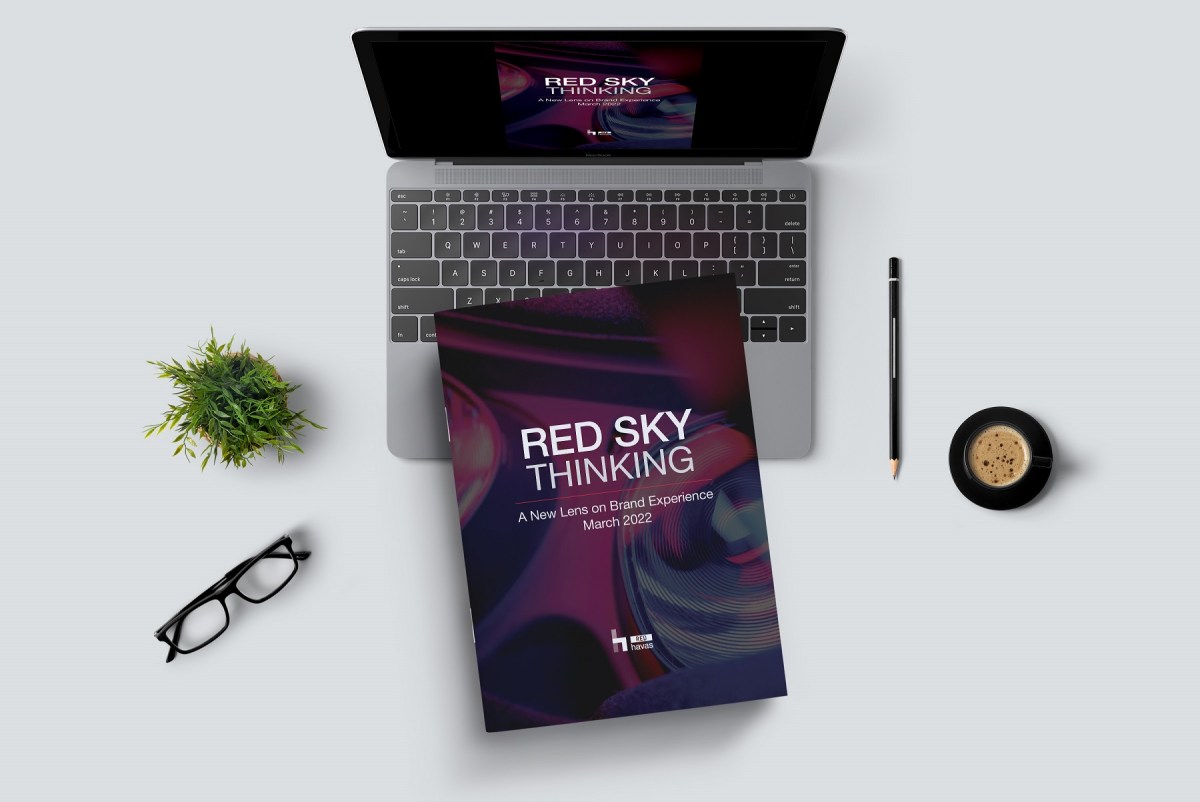Global micro-network of merged media agencies, Red Havas, has uncovered six key trends that will continue to play a pivotal role in brand experience in its latest report ‘A New Lens on Brand Experience’.
The most important insight is that the key to building real, lasting relationships between brands and audiences comes down to a basic need for human-to-human engagement and shared experiences.
There have been fundamental shifts in consumer behaviours and attitudes that have led to cultural changes and the birth of a new wave of brand experience, according to Red Havas CEO and Havas PR Global Collective global chairman, James Wright.
“The industry is shifting the way it operates to engage with consumers. Brands are finding new, and often better, ways to connect with a post-Covid audience to become more relevant, meaningful and effective. It’s going to be a fascinating year ahead to see how brand experience will evolve.”
The six trends include:
- A new breed of retail experimentation: The pandemic has accelerated expectations around traditional bricks-and-mortar stores. In 2022, brands will merge experiential and retail to completely reimagine the retail experience – adapting to new customer expectations and innovations and turning the store into a destination.
- In search of new outlets for wanderlust experiences: In a world where human attention is a scarce commodity, with brands competing for their customers’ attention, escapist experiential provides a powerful tool to engage, entertain and captivate new audiences.
3. Ready for the Metaverse – embracing a 3D Meta world: Virtual worlds have boomed in popularity, but the ability to seamlessly jump between them is missing. That, combined with mass adoption of wearable technology, will be the real takeoff moment. In preparation, brands will increasingly explore the components that will make up the metaverse: virtual experiences, gaming, AR, VR and 3D design.
4. Using co-creation as a creative agent: The mindset has shifted from creating campaigns for audiences, to with communities. Rather than anticipating cultural influence, there’s never been a better time for brands to co-create and contribute in meaningful ways. Giving access to brand opportunities, spaces/places and creative resources to audiences that need it most can forge deeper relationships that go beyond the campaign.
5. Bespoke still matters: Consumers are craving more meaningful connections with brands, and they expect brands to understand and respond to their individual needs. With many brands not quite ready to dive headfirst into large-scale events, hyper individualisation and micro experiences will offer enriching online/offline experiences that make audiences feel just as connected as with in-person experiences.
6. Everyone is welcome: The growing focus on physical and digital brand experiences combined provides new opportunities that can enhance experiences for all. Providing equal access to all must be considered throughout the planning process to ensure accommodations can be made should people need them. Relatively basic features like live captioning can go a long way to making events more inclusive.

